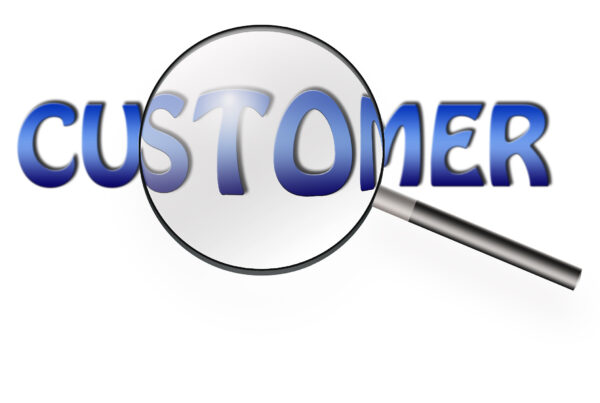
SRP has a thriving Analytics Community. Last year we formally established a community of people with an interest in data and analytics together to share success stories, discuss tools, show best practices, and encourage collaboration. This group meets quarterly, often with over 100 people participating. Our community approach is helping to grow the Analytics “mindset” throughout the enterprise, and makes the future of analytics at SRP very exciting with new potential uses for data being proposed from all over the business.
SRP has also started a program to encourage and align innovation across the enterprise by forming nine platform teams, each representing an area of the business, that have been asked to identify and propose projects embracing new ideas that help SRP achieve its strategic goals. Analytics has been identified as an important source of this innovation and is represented with its own team.
SRP is also striving to lower the barriers for Analysts to perform their work by implementing an enterprise-wide Common Information Model. This model, when fully implemented, will become the “Rosetta Stone” for data at SRP. Analysts will be able to see how data from multiple applications, sometimes performing the same function for different business groups, can be conformed and joined to other enterprise application and outside data sources.
This model will help to reduce the amount of time Analysts spend searching for and moving data around before they can begin their analyses. We will be able to increase the value of our efforts, ultimately driving ROI across the organization.
Analytics technology is another important part of how we achieve our analytics objectives, and we use a variety of tools.
Visualization is crucial. Rich, interactive, displays of data that allow analysts and end-users to often find insights that are hidden in data that is displayed in spreadsheet-format. In addition, they serve as a way to visually communicate our findings across the enterprise.
For data and analysis, we have been successful pairing open-source and non-open-source tools such as R, Python, and SAS to build models. We run these analytics in a Hadoop environment, enabling us to use a variety of data sets from across the utility.
SRP has realized many benefits from analytics projects over the past few years. In one project, data scientists built individual models for each one of our customers to predict the amount of electricity they will use based on multiple factors. When a customer continually exceeds their predicted usage amounts, SRP will send them a notification telling them about this higher than expected usage, along with suggestions on items they can check that might be the root cause. Customers have reported back to SRP their appreciation for letting them know of unexpected thermostat schedule changes and equipment failures—it really did drive customer satisfaction in a positive direction.
In another project, data scientists worked with engineers from our grid modernization team and market research analytics to predict the spread of electric vehicles (EVs) in SRP’s service territory. The resulting models forecasted not only the number of EVs that SRP’s grid will need to support, but also their most probable locations. These forecasts showed where EV’s may “cluster” on certain circuits and are being used for planning equipment replacements and upgrades.
SRP has also used analytics to simulate missing AMI data that was then used to improve transformer load modeling. Visual analytics have helped identify cost drivers for our operations groups, and models have been built to track the probability of equipment failures.















